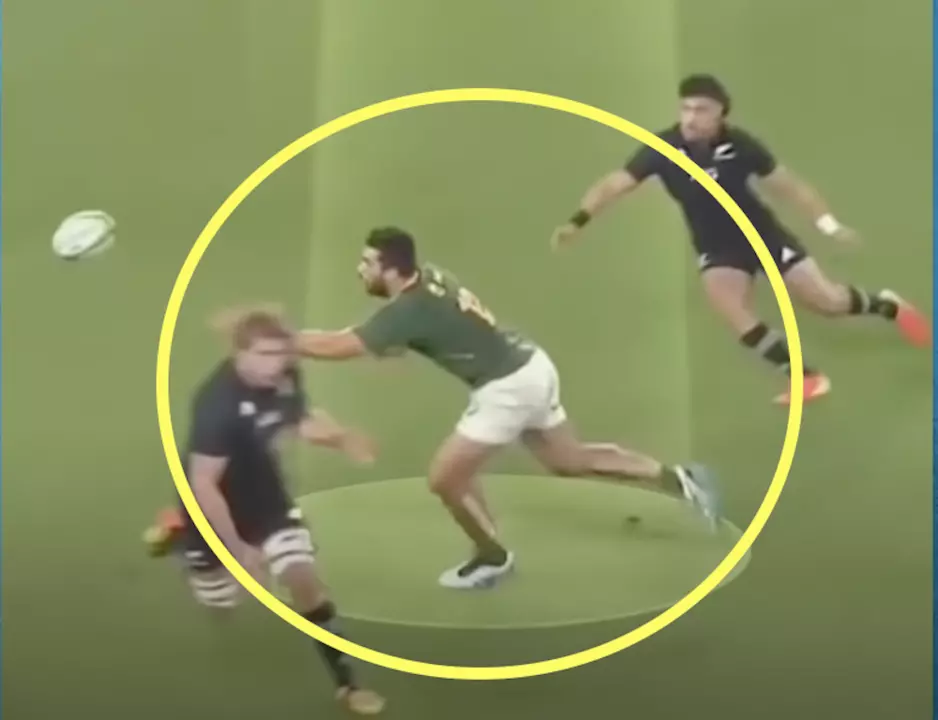Rugby knock on is a rule violation in rugby union and rugby league, where a player makes contact with the ball and the ball then goes forwards, or the player loses possession of it. It is considered a turnover, meaning that the team that committed the knock on loses possession of the ball. The knock on can be unintentional, such as when a player loses control of the ball, or intentional, such as when a player throws the ball forwards in an attempt to keep possession. The referee will call a knock on if they believe that the ball has been handled in a manner that is against the rules. The penalty for a knock on is usually a scrum awarded to the opposing team.
April 2023 Rugby Archive: Rules, Top Players & Game Growth
If you’re looking for a quick run‑through of what the Linlithgow Rugby Club blog covered in April 2023, you’re in the right place. We broke down the basics of a knock‑on, debated who the best American and Irish players are, and asked why rugby hasn’t taken off everywhere. Below you’ll find the key takeaways you can use right now.
Understanding Core Rules
One of the most popular April posts answered the simple yet confusing question: what is a rugby knock‑on? In plain English, a knock‑on happens when a player loses control of the ball and it moves forward off their hands or arm. The referee calls it a turnover, and the opposing team gets a scrum. The post stressed that a knock‑on can be accidental – like a wet ball slipping out – or intentional, when a player tries to keep the ball alive by throwing it forward. Knowing this rule helps you follow the game better and spot why the ball changes hands so often.
Spotlight on Players & Popularity
Fans love a good debate, and April’s articles delivered plenty. We explored whether Brian O'Driscoll deserves the title of the greatest rugby player ever. The piece highlighted O'Driscoll’s Six Nations try record, his 141 caps, and his blend of speed and vision. It didn’t claim he’s the absolute best, but gave solid reasons why many consider him a legend.
Across the Atlantic, the blog asked who is the best American rugby player? Two names topped the list: Jesse Parahi, a hard‑hitting forward with Commonwealth Games medals, and Alena Olsen, a sevens star who’s won the U.S. National Sevens Player of the Year twice. Their achievements show that the U.S. is producing talent even if the sport isn’t mainstream there.
Speaking of the U.S., another article tackled why the USA Rugby Team struggles on the world stage. Lack of funding, limited high‑performance coaching, and few professional contracts were cited as the main hurdles. The piece suggested that more investment in domestic leagues could close the gap.
Why isn't rugby as popular in the UK for league fans, or across Europe in general? Two posts investigated this. The first pointed to Rugby League’s media blackout and historical focus on football and cricket, which leaves fewer TV slots and sponsorship dollars. The second explained that rugby’s complex rules, high injury risk, and competition from soccer keep it from booming in many European nations. Both articles agree that better TV coverage and grassroots funding could change the picture.
Finally, a fun comparison labeled the All Blacks as the “Real Madrid of Rugby.” Their three World Cup titles, 77% win rate, and iconic haka make them the sport’s most dominant side—just as Real Madrid dominates football.
All together, April’s archive gives a solid snapshot of the sport: you get the basics you need to follow a match, the personalities that shape the game, and the challenges the sport faces in new markets. Keep these points in mind the next time you watch a scrum or chat with a fellow fan – you’ll sound more informed and maybe even spark a deeper conversation.
